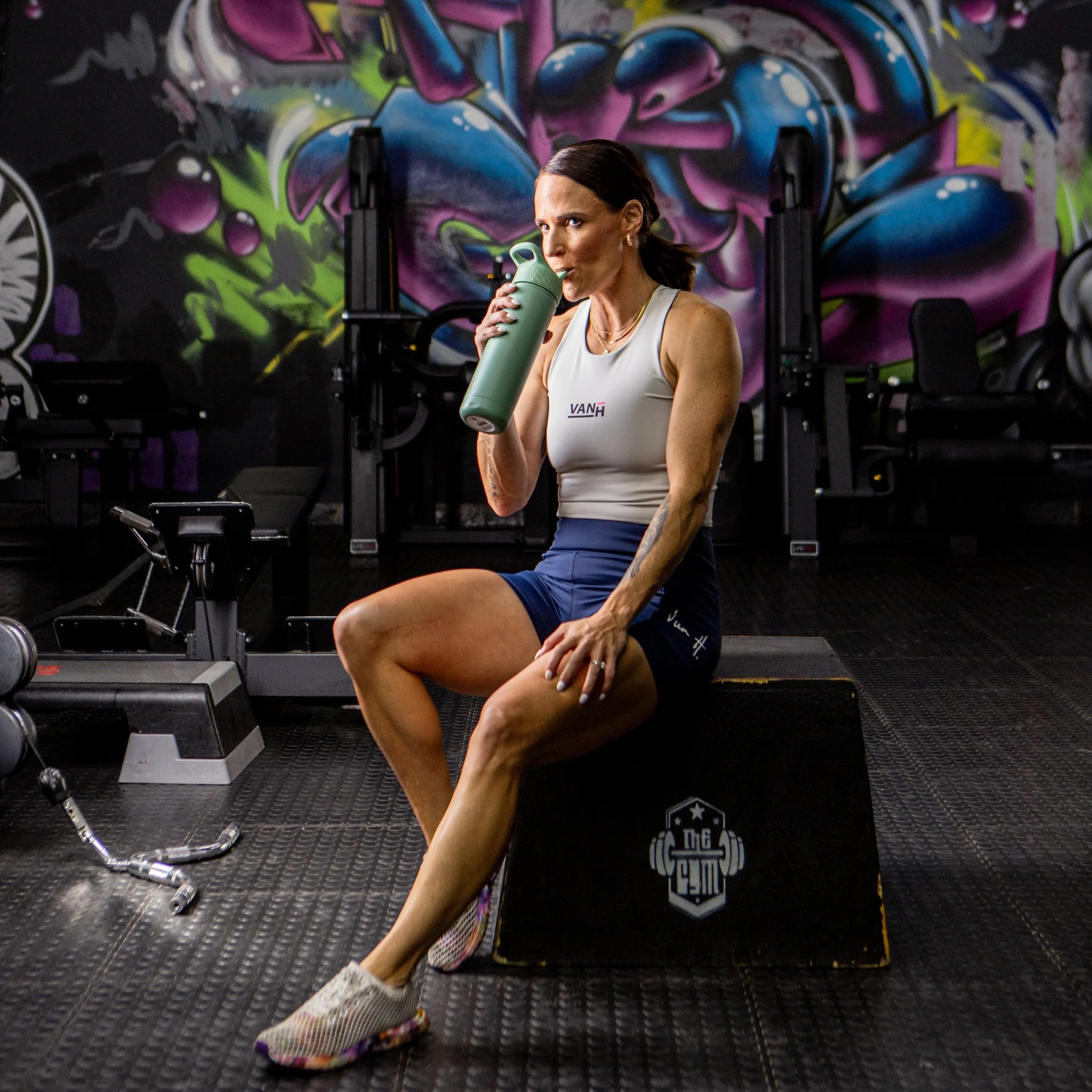What Is Real Food (And Why It Matters More Than Macros)
At Littleton Fitness, we talk a lot about strength, consistency, and fueling your body well. But before we ever dive into macros or calorie targets, we always start with something more basic—and way more important: eating real food.
If you’ve ever felt confused by food labels, tempted by quick fixes, or overwhelmed by tracking apps, this is for you. Let’s break down what real food actually is, how to find it, and why it’s where every strong nutrition plan should begin.
What Counts As Real Food?
Think of it this way: if your great-grandmother wouldn’t recognize it as food, it’s probably not where you want to start.
Real food is simple and minimally processed. Things like:
Vegetables, fruits, and whole grains
Meat, fish, eggs, and dairy
Beans, nuts, and seeds
Olive oil, avocado, rice, oats—basic staples
Now compare that to ultra-processed items like frozen entrees, packaged snacks, and flavored drinks. Even things marketed as “healthy” or “high-protein” often come with long ingredient lists and artificial additives.
That doesn’t mean these foods are bad. In fact, we carry some great bars, drinks, and protein snacks in our vending machine—because sometimes you need something quick. But they work best as convenient add-ons, not your daily foundation.
Grocery Shopping Made Easier
Here’s a helpful tip: shop the outer edges of the store. That’s where you’ll find the fresh stuff—produce, meat, eggs, dairy. The center aisles are fine for pantry staples, but be selective.
And if something comes in a package, flip it over. Look for short ingredient lists made up of foods you actually recognize. The fewer ingredients, the better.
Why Real Food Matters More Than Macros—At First
Tracking macros can be useful later on, especially if you’re training for something specific. But if your meals aren’t made of real food to begin with, you’re skipping a crucial step.
Here’s what real food does for you:
Keeps you fuller longer
Stabilizes your energy
Reduces cravings
Supports recovery, strength, and metabolism
It also builds a healthier relationship with food overall. When your body knows what to do with what you’re eating, everything else becomes a little easier.
Start Simple. Build From There.
Before you download a tracker or start weighing your meals, take a step back. Look at what you’re eating most of the time. Is it made of food that your body recognizes and can use?
Focus on that first. Nail the basics. Then, if it makes sense for your goals, layer in the details like macros and meal timing.
Need help making sense of it all?
Send me a message. I’ll help you clean up your meals in a way that’s doable and sustainable—for the long haul.

